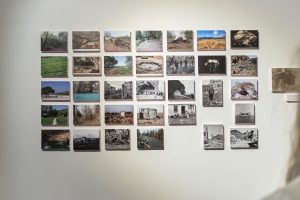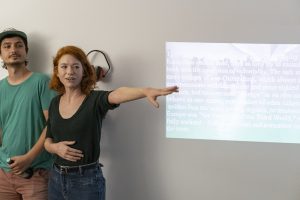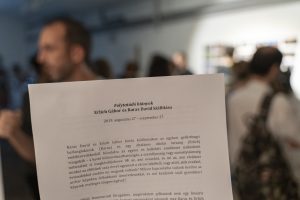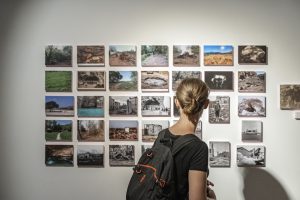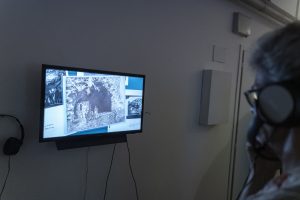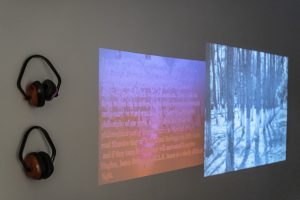27 August – 27 September 2019
Opening: 27 August 2019, 7 pm
Departing from memory fragments of a former cave settlement on Budapest’s Gellért Hill (David Karas) and from an elementary school carnival (Gábor Erlich), Karas and Erlich analyze in their joint exhibition the working of individual and collective memory. Their works call into question whether the two categories could even be treated as separate, by re-thinking what constitutes the personal or the impersonal. What connects, and what separates us from the ones who inhabited the same city a century before us, or from the ones we ourselves were years or decades ago? How can we connect to the unknown figures who appear on archive images, and what can we do with the occurrent foreignness of our own childhood images?
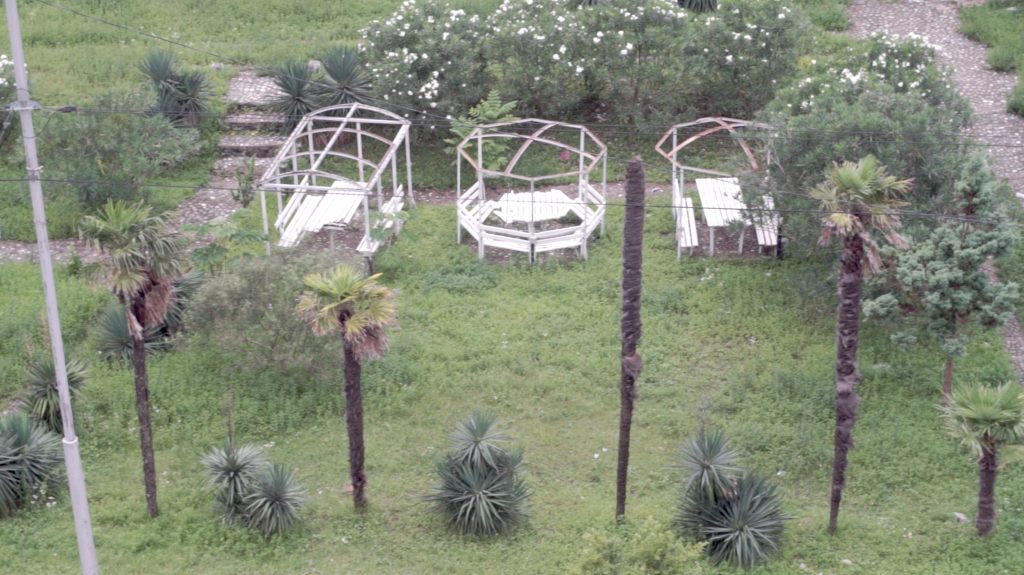
Those detached and recorded moments of the past that somehow made it to the present appear in the works of Erlich and Karas not as surpassed units of a linear temporality. They are not closed on themselves, but become unbound in space and time. However, the narratives that come into being around them are also not continuous, not devoid of gaps. These hiatus appear in the unfolding stories not only as spatio-temporal voids, but also as opportunities to bring things into new relations with each other when attempting their bridging. Their potential to enable new connections is for example examined when a story, which has never been written on its own right, is assembled from the „byproducts” of other, recorded stories; or when a suddenly reemerging image from the past is gradually rewritten. The exhibition engages with the dynamics of forgetting and remembering as entangled processes, and with the movements occurring between them: where do ruptions lie, and where do the torn (or never cohesive) threads reconnect with each other unexpectedly?
Curator: Anna Mária Juhász
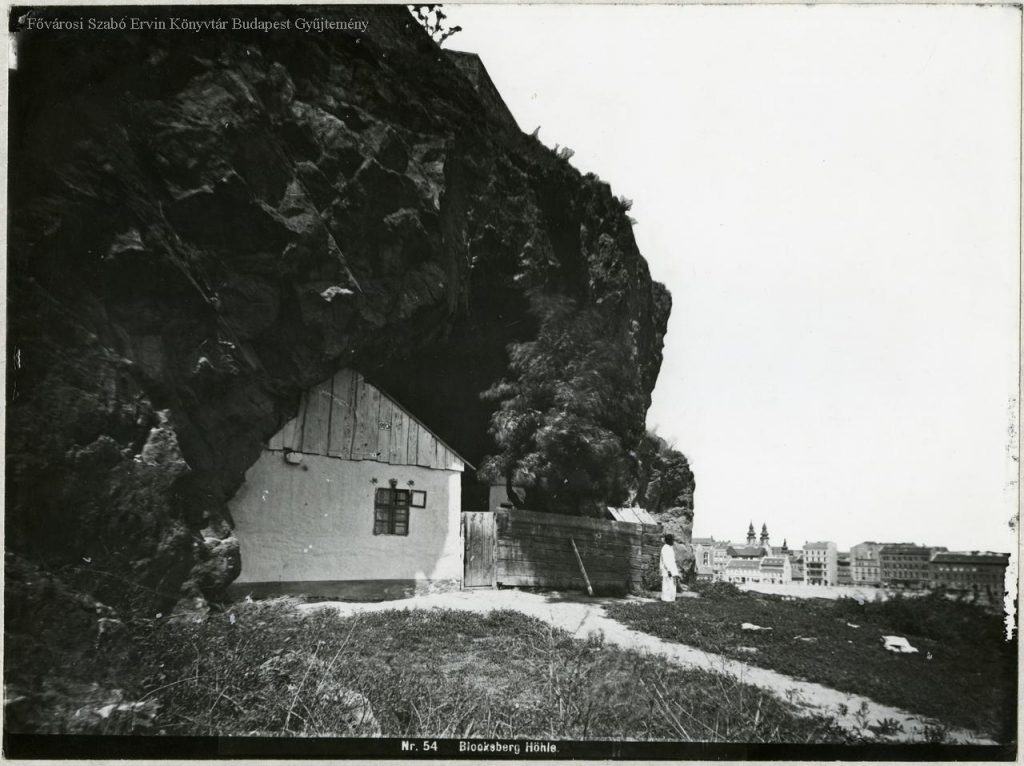
Gábor Erlich (1986) graduated from the Intermedia Department of the Hungarian University of Fine Arts in 2014. Erlich investigates the possibilities of a cultural criticism on/from the Left by scrutinizing critical cultural theories, taking into account the specificities of the semi-peripheral state of East-Central-Europe.
“I have been grappling with the possibilities of a contemporary art practice that is capable of subversive and critical actions; one that is not only able to understand our present, dominated by networked capitalism, but is also able to heck and alter the oppressive apparatuses of power. I grew up in a working-class family in a Hungarian village. With the series _orbit_, I reflect upon the path I have been on since then.”
David Karas (1987) graduated from the Intermedia Department of the Hungarian University of Fine Arts in 2014 and attended its doctoral program between 2015 and 2018. He has volunteered for a multitude of activist groups and has been a member of the cooperative Gólya since 2015.
“I started documenting bungalows that were planned to be demolished (and thus their inhabitants evicted) by local municipalities in 2013, and continued taking pictures of such cases throughout the following years. In the meantime, I was working at the Studio of Young Artists’ Association, located in Budapest’s Rottenbiller street. It was in this period when I discovered (in a 1973 book of István Békés, called Poor Man in a Rich City) that in 1883, the most advanced shelter for homeless people had been opened on this very same street, and was forced to shut down 13 years later by the citizens of the district. I’ve been wondering whether it would have altered our times if there was accessible and extensive documentation on social politics from a century ago, such an archive that is being built by the group ‘The City is For All’ nowadays. Would it change our present situations and our positionalities towards current problems, if we could learn about such stories as the homeless shelter on Rottenbiller street, whose buildings we walk by on a daily basis, in a more accessible manner?
Photo: Zsuzsanna Simon

